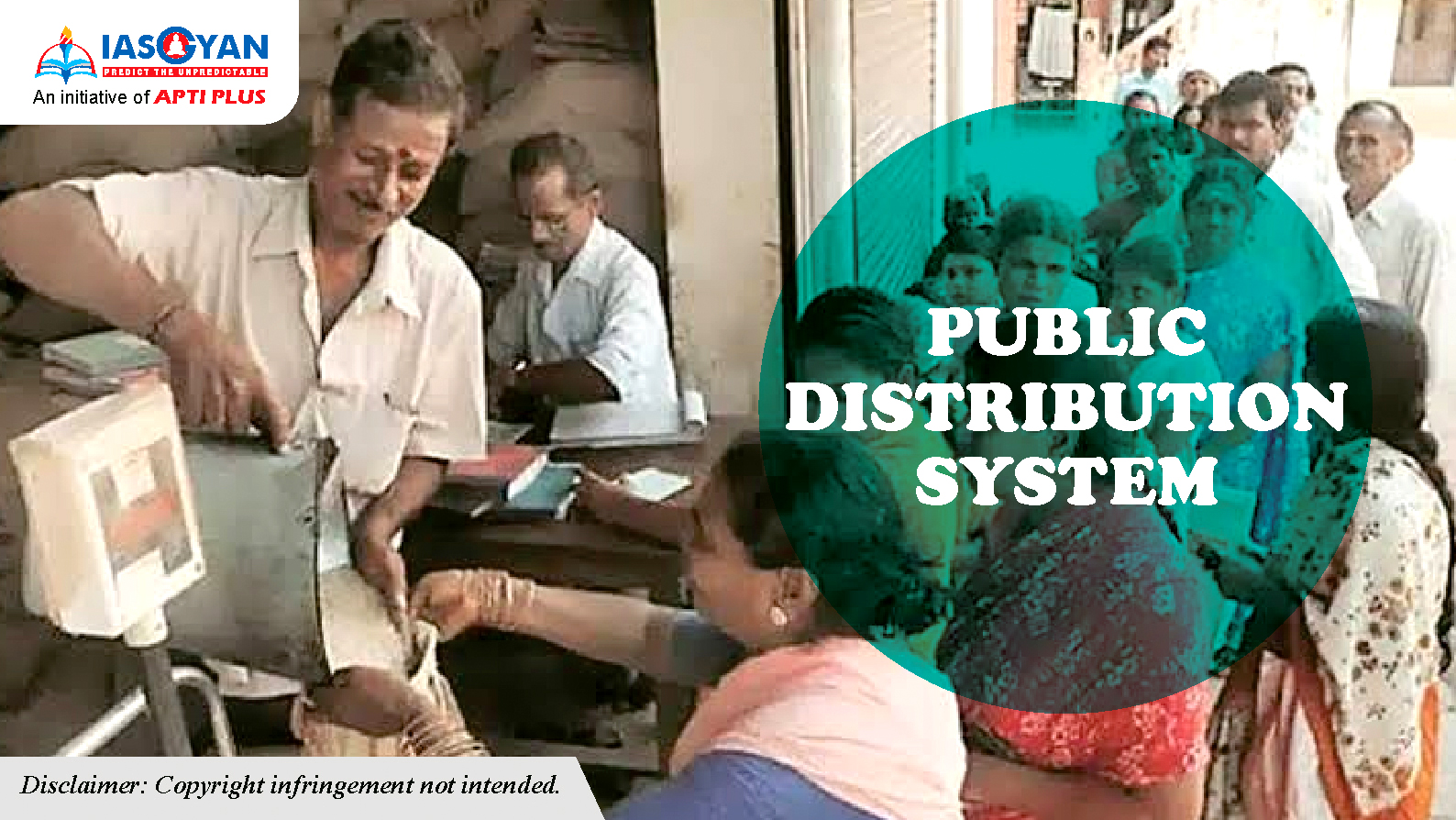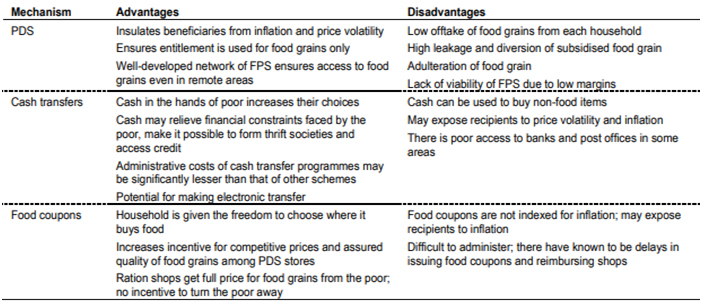





|
Key findings from the CAG audit:
|
High drawal rate:
Issue prices:

In this context, it is time the Centre had a relook at the overall food subsidy system including the pricing mechanism.
Give Up Option:
Slab System:
© 2026 iasgyan. All right reserved